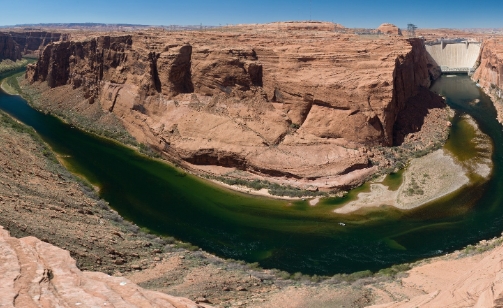Navigating the Ever-changing Landscape of River Systems
River systems are constantly evolving, shaped by a dynamic interplay of water, sediment, and geological forces.
The Power of Erosion: Cutting through the Earth’s surface
Erosion is a key process that shapes river systems. As water flows downstream, it wears away the surrounding land, cutting deep valleys and canyons into the Earth’s surface.
The Role of Sediment Transport: Moving mountains one grain at a time
While erosion carves out the land, sediment transport carries away the debris, reshaping the riverbed and banks with each passing flood or high-flow event.
The Influence of Tectonic Activity: Bending and twisting the river’s path
Tectonic forces, such as the shifting of Earth’s tectonic plates, can dramatically alter the course of a river, creating new channels and altering landscapes in a matter of moments.
The Impact of Human Activities: Affecting the natural balance
Human activities, such as dam construction and deforestation, can disrupt the delicate balance of river systems, leading to increased erosion, sediment buildup, and changes in water flow patterns.
The Future of River Systems: Adapting to a changing world
As climate change continues to alter precipitation patterns and water availability, river systems will face new challenges and opportunities for adaptation. Understanding the dynamic geomorphology of river systems is crucial for sustainable management and conservation efforts.

